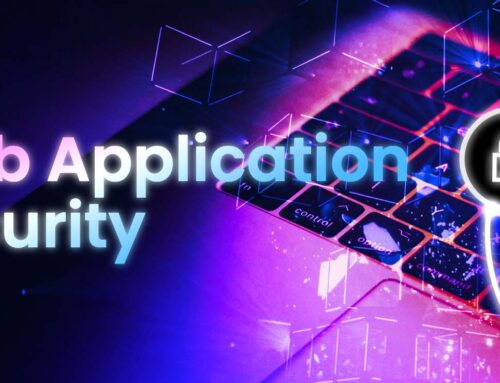
The rise of ride-hailing services like Uber and Lyft has transformed urban transportation. This shift has sparked growing interest in taxi app development, with many entrepreneurs seeking to create their own platforms. In this article, we’ll delve into the essential elements of taxi app development and share some best practices. If you’re considering launching a taxi app, this guide will help you understand the key steps involved.
What Makes a Successful Taxi App?
A taxi app typically comprises two main components: a driver app and a passenger app. These components need to interact seamlessly, enabling drivers to accept ride requests and passengers to book rides with ease. Here are some essential features for a successful taxi app:
1. User-Friendly Interface
The app should have a simple, intuitive interface. Passengers should be able to book a ride in just a few taps, while drivers should easily view and accept ride requests.
2. Real-Time GPS Tracking
Real-time tracking is crucial for both drivers and passengers. Passengers want to know where their ride is, and drivers need to see the best routes to reach their destination. This feature enhances user experience and provides a sense of security.
3. Payment Integration
A taxi app should support multiple payment options, including credit/debit cards, digital wallets, and cash. Secure payment gateways ensure smooth transactions and build user trust.
4. Rating and Feedback System
A robust rating and feedback system helps maintain service quality. Passengers can rate drivers, and vice versa, ensuring accountability and encouraging good behavior.
5. Notifications and Alerts
Real-time notifications keep users informed about ride status, estimated arrival times, and special promotions. This feature improves communication and keeps users engaged.
6. Admin Dashboard
An admin dashboard allows app owners to monitor operations, manage users, and analyze data. This back-end functionality is crucial for maintaining smooth operations and making informed business decisions.
Best Practices in Taxi App Development
Now that you understand the essential features, let’s explore some best practices to ensure your taxi app stands out.
1. Scalability and Flexibility
Your app should be scalable to accommodate growth as your user base expands. Consider building a modular architecture that allows for easy updates and feature additions.
2. Cross-Platform Compatibility
To reach a broader audience, ensure your app works on multiple platforms, including iOS and Android. Cross-platform development frameworks like React Native or Flutter can help achieve this goal.
3. Focus on Security
Given the sensitive information involved in taxi app transactions, security must be a top priority. Implement robust encryption protocols to protect user data, and conduct regular security audits to identify vulnerabilities.
4. Regular Updates and Maintenance
Technology is constantly evolving, and so should your app. Regular updates and maintenance ensure a smooth user experience and prevent potential issues.
5. Collaboration with Experts
Partnering with experienced developers can make a significant difference in your app’s success. At tech-outsource.com, we offer skilled developers to help you bring your taxi app vision to life. Our team has experience in mobile app development across various technologies and languages, ensuring high-quality results.
Conclusion
Taxi app development is a complex process that requires careful planning, design, and implementation. By focusing on essential features and best practices, you can create a successful taxi app that meets the needs of both drivers and passengers. If you’re ready to embark on this journey, visit tech-outsource.com to Connect with our expert developers and start building your app today.






